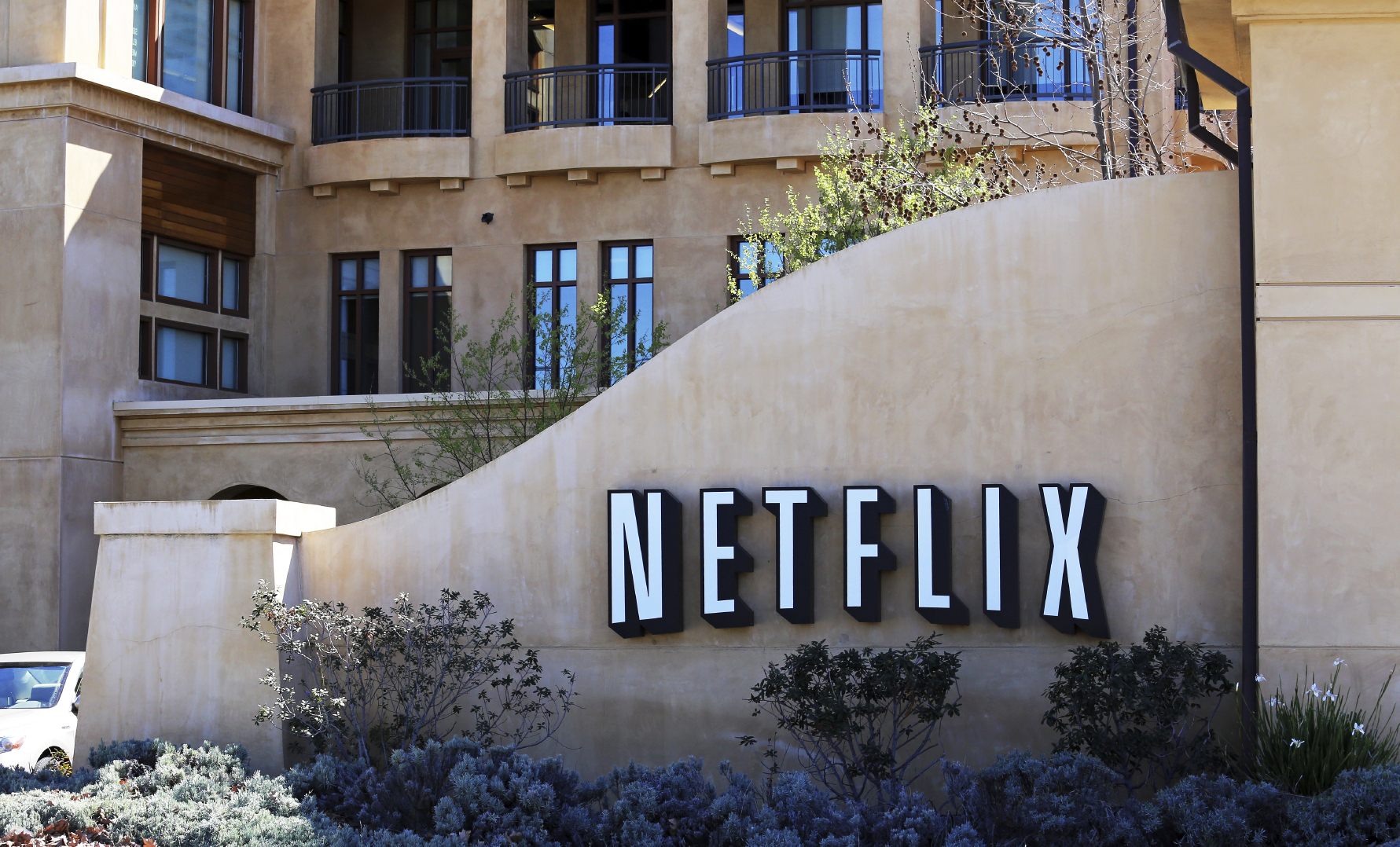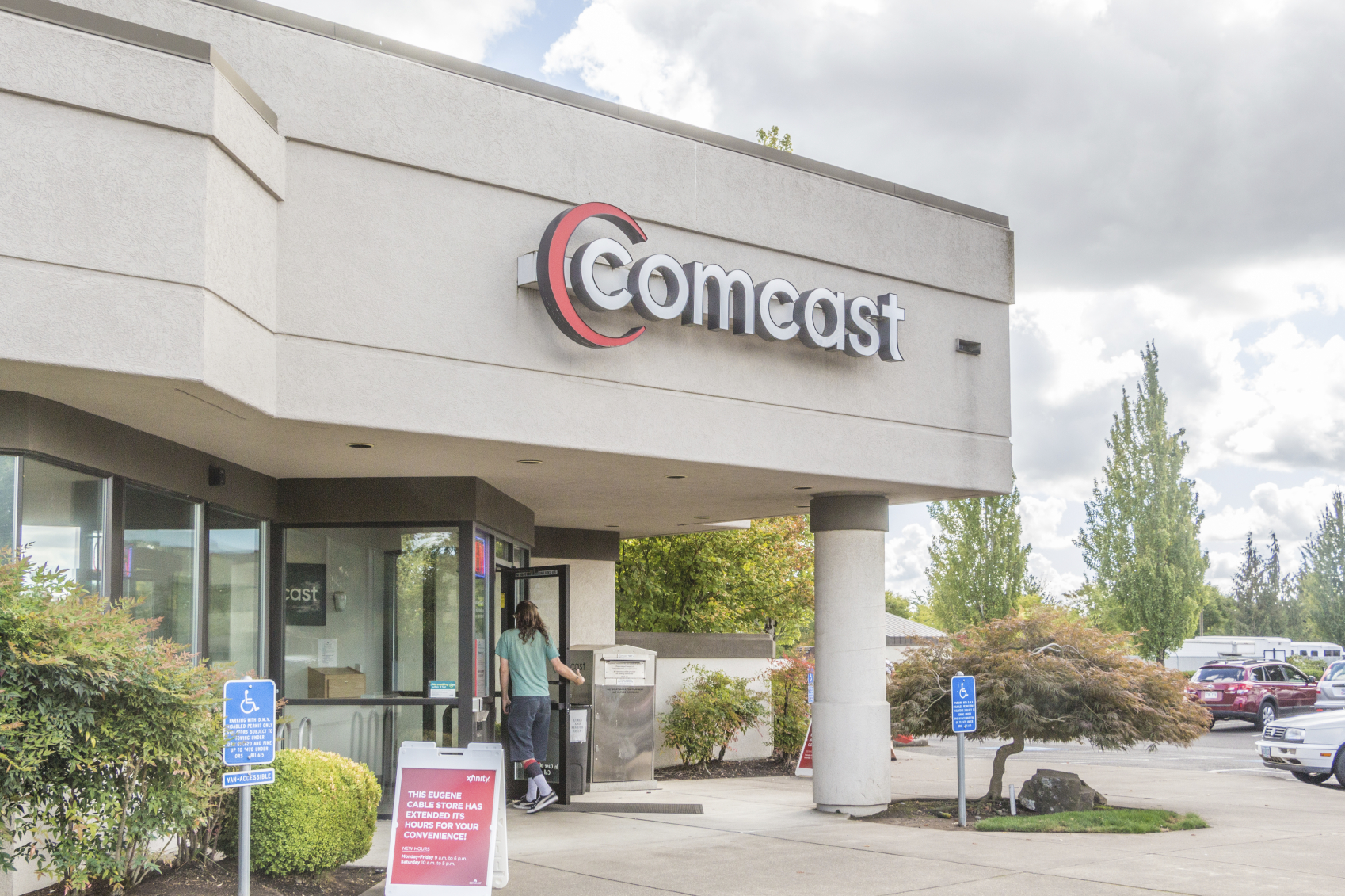What Happened
Discovery Channel is dipping its toes into the uncharted water of virtual reality and 360-degree spherical video as it announced the launch of its virtual-reality platform, Discovery VR on Friday. The cable channel will kick things off with a series of short-form VR videos that invite viewers to swim with sharks as part of its hit show Mythbusters. Other nature-focused VR shorts are also reportedly in development.
What Brands Should Do
Virtual reality holds great potential as an immersive media platform for brands to fully engage their audience with innovative, branded experiences. The lack of quality content has been hindering VR from mainstream consumer adoption. In recent months, however, a slew of media owners and brands have started creating original VR content, including Facebook, BBC, Birchbox, and major Hollywood studios.Therefore, it is important for brands seeking to immersively engage with its audience to create branded VR content sooner than later.
Source: AdWeek








